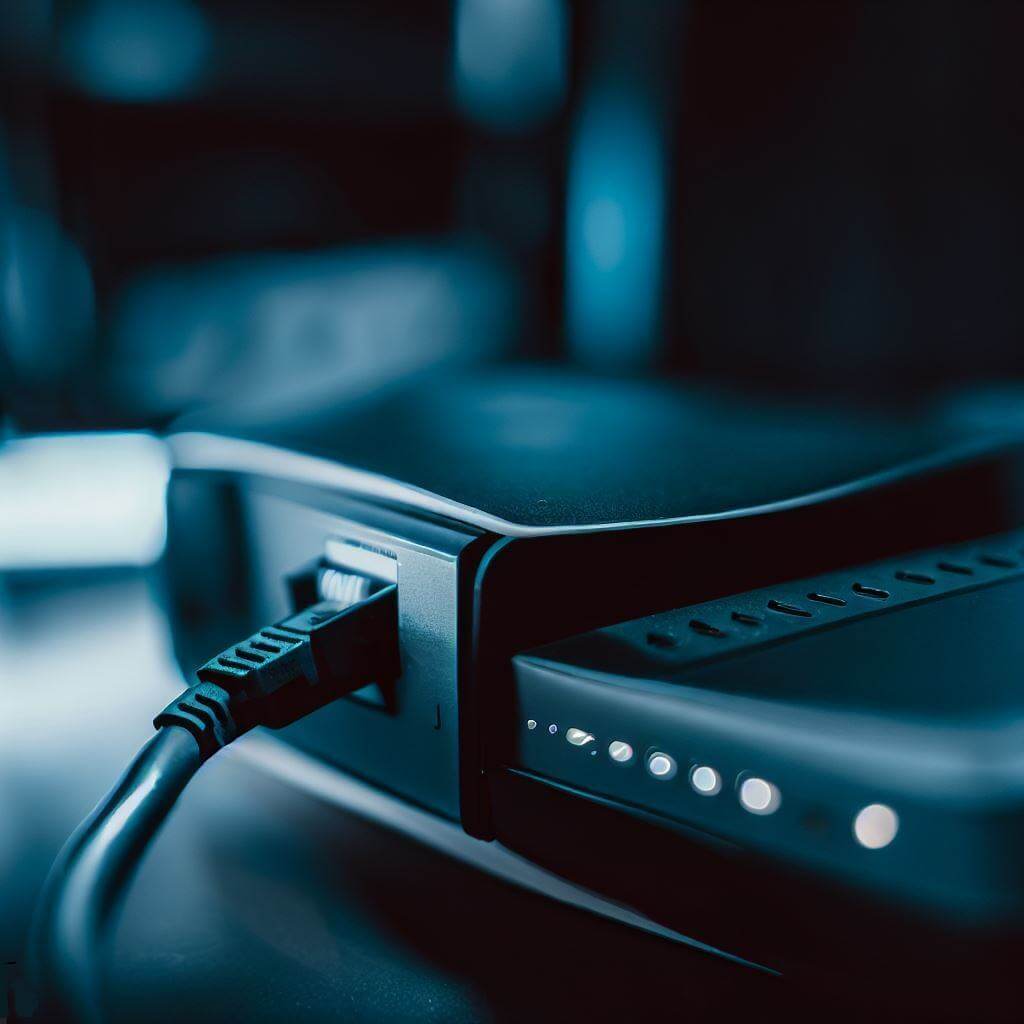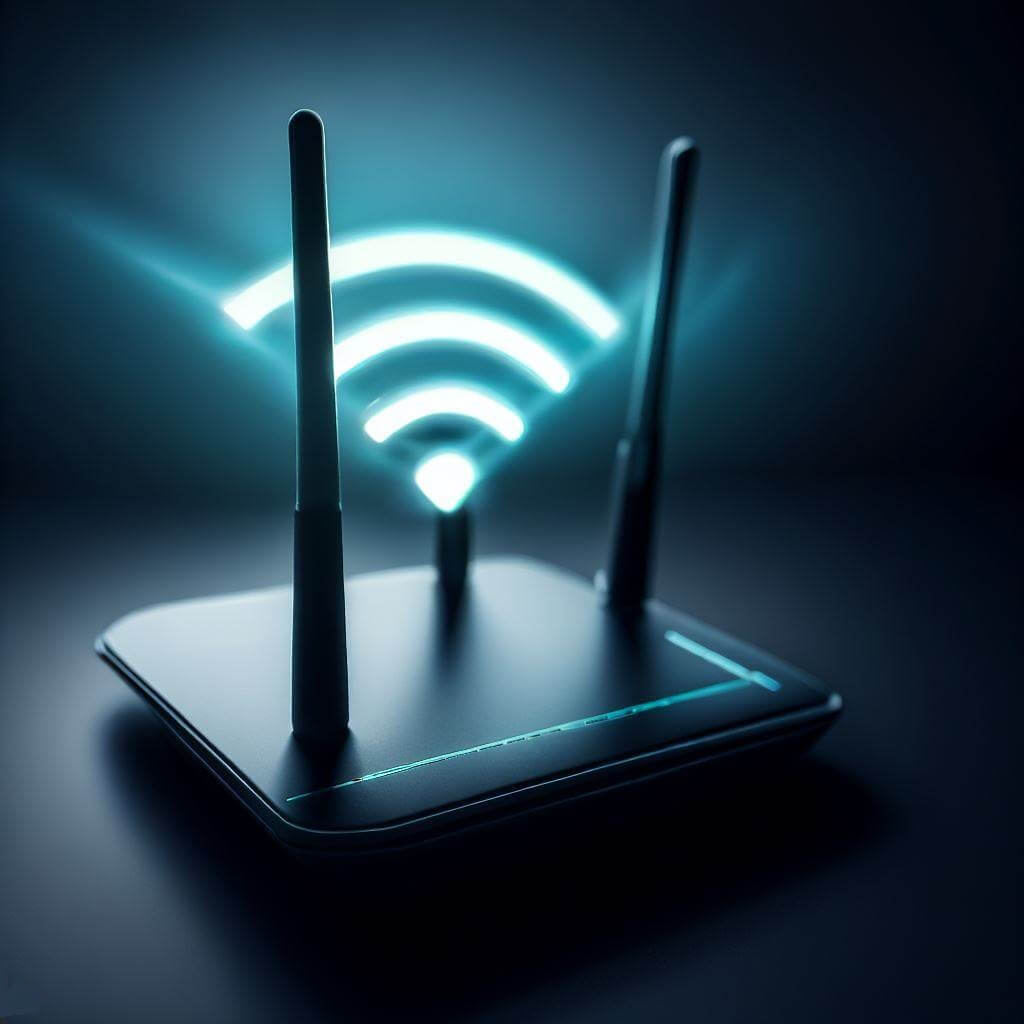Wi-Fi Explained: How Does It Work and What You Need to Know
By: Rajat Kumar | Last Updated: June 24, 2023
Introduction:
Wi-Fi, short for "Wireless Fidelity," is a technology that allows devices to connect and communicate wirelessly over a computer network using radio waves. It enables devices such as smartphones, laptops, tablets, and smart home devices to connect to the internet or communicate with each other without the need for physical wired connections.
Wi-Fi is a wireless networking technology that allows devices to communicate without direct cable connections. It is one of the most popular and widely used technologies in the world, as it enables us to access the internet from our computers, smartphones, tablets, and other devices. But how does Wi-Fi actually work? In this blog post, we will explain the basics of Wi-Fi and how it operates step by step.
Important Components needed for Wi-Fi to Work:
Component 1: The Internet Connection
The first thing you need for Wi-Fi is an internet connection. This can be provided by an internet service provider (ISP) through a cable, fiber optic, or satellite link. The ISP delivers the internet connection to a modem, which is a device that converts the signal from the ISP into a format that can be used by other devices.

[Image of a modem connected to a cable]
Component 2: The Wireless Router
The next thing you need for Wi-Fi is a wireless router or access point. This is a device that connects to the modem and creates a wireless network. The router converts the data from the modem into radio waves and broadcasts them in a certain range. The router also assigns an identifier to the network, called a service set identifier (SSID), and a security key, called a password or passphrase, to protect the network from unauthorized access.

[Image of a wireless router with antennas]
Component 3: The Wireless Devices
The final thing you need for Wi-Fi is a wireless device, such as a laptop, smartphone, or tablet. These devices have a built-in wireless adapter, which is a component that can receive and transmit radio waves. The wireless adapter scans for available wireless networks and displays them on the device's screen. The user can then select the desired network and enter the password to join it.

[Image of a laptop showing available wireless networks]
Component 4: The Data Transmission
Once the wireless device is connected to the wireless network, it can communicate with the router and other devices on the network. The data transmission between the device and the router is done through radio waves, which travel at different frequencies depending on the amount of data being sent. There are two main frequencies used for Wi-Fi: 2.4 gigahertz (GHz) and 5 GHz. The 2.4 GHz frequency can cover a larger area but has lower data rates, while the 5 GHz frequency can offer higher data rates but has shorter range.

[Image of a diagram showing radio waves between devices]
Step-by-step overview of how Wi-Fi works:
Step 1: Network Setup
First, a Wi-Fi network needs to be set up. This involves configuring a wireless router or access point that acts as a central hub for the network. The router is connected to an internet source, such as a modem provided by an internet service provider (ISP).
Step 2: Signal Transmission
The router converts data from wired connections into radio signals that can be transmitted wirelessly. It has built-in antennas that send and receive these signals. The router operates on specific frequencies within the radio frequency spectrum, commonly 2.4 GHz or 5 GHz.
Step 3: Device Discovery
Devices that want to connect to the Wi-Fi network scan for available networks in their vicinity. The router broadcasts its network name (SSID - Service Set Identifier) periodically, allowing devices to detect and list the available Wi-Fi networks.
Step 4: Authentication and Encryption
Once a device selects a network, it needs to establish a connection with the router. This involves authentication, which typically requires entering a password (network passphrase or key) to prove the device's authorization to join the network. Encryption protocols like WPA2 or WPA3 are often used to secure the communication between the device and the router, ensuring data privacy.
Step 5: IP Address Assignment
After authentication, the device receives an IP address from the router. An IP address uniquely identifies each device on the network and enables communication between devices within the network and the broader internet.
Step 6: Data Transmission
Once connected, devices can transmit and receive data through the Wi-Fi network. When a device wants to send data, it breaks it down into smaller packets. Each packet contains a portion of the data, along with the source and destination addresses.
Step 7: Routing and Delivery
The device sends the data packets to the router, which acts as a central hub for forwarding the packets to their destination. The router uses network protocols, such as IP (Internet Protocol), to determine the best path for the data to reach its intended recipient, either within the local network or outside to the internet.
Step 8: Reassembly and Acknowledgment
Once the packets reach the destination device, they are reassembled into the original data. The receiving device acknowledges the successful receipt of each packet, allowing the sender to retransmit any lost or corrupted packets if necessary.
Step 9: Continuous Communication
Devices can maintain a constant connection and communicate with each other or access the internet as long as they remain within the range of the Wi-Fi network.
Wi-Fi Restrictions:
The data transmission between the device and the router is also affected by various factors, such as interference, distance, obstacles, and number of devices on the network. Interference can be caused by other devices or appliances that use radio waves, such as microwaves, cordless phones, or Bluetooth devices. Distance can reduce the signal strength and quality of the radio waves, while obstacles such as walls, floors, or furniture can block or reflect them.
The number of devices on the network can also affect the bandwidth and speed of the data transmission, as they share the same radio waves. Network administrators often configure routers to optimize performance and security by adjusting settings like channel selection, signal power, and network access controls.
Tips to optimize Wi-Fi Network:
To optimize the data transmission between the device and the router, there are some tips that can help:
- Place the router in a central location that is away from sources of interference and has minimal obstacles.
- Use a dual-band router that can switch between 2.4 GHz and 5 GHz frequencies depending on the network conditions.
- Update the firmware of your router and wireless adapter regularly to fix any bugs or improve performance.
- Use a strong password and encryption method for your wireless network to prevent unauthorized access or hacking.
- Limit the number of devices on your wireless network or prioritize certain devices or applications that need more bandwidth.
Conclusion:
Wi-Fi is a wireless networking technology that allows devices to communicate without direct cable connections. It works by converting data into radio waves and transmitting them between a router and a device. Wi-Fi has many advantages, such as convenience, mobility, cost-effectiveness, and scalability.
However, it also has some challenges, such as interference, range limitations, security risks, and bandwidth constraints. By understanding how Wi-Fi works and following some best practices, you can enjoy a fast, reliable, and secure wireless connection.
Evolution of Internet Technologies: A Look at the Types Used Over Time SMTP vs. IMAP vs. POP3: Understanding Mail and Data Transmission Differences What is Domain Name Server (DNS) and How Does It Work? Protecting the Organization Data from Cyber Attacks (Session - 4) Understanding IoT Devices: Functionality and Operational Mechanics Bluetooth Technology: Explained - How Does Bluetooth Work? Demystifying NFC: Everything You Need to Know About Near Field Communication (NFC) Technology Comparing Comodo Positive SSL and Let's Encrypt SSL: Which One Is Right for You?